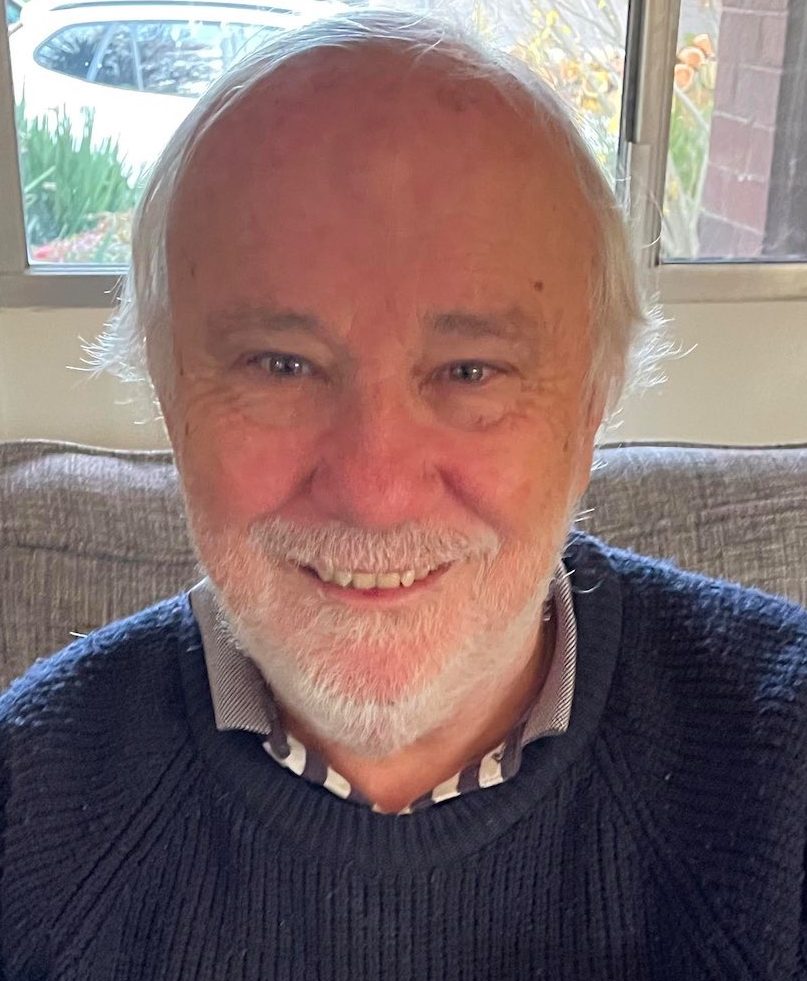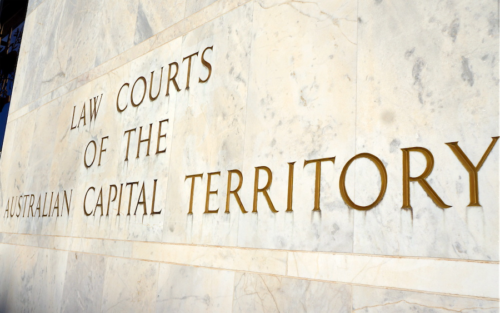“By diverting population growth from the ACT, the government is reducing revenue from Commonwealth grants, land sales, stamp duty and rates,” writes MIKE QUIRK.
LOCAL government areas surrounding the ACT are some of the fastest growing in NSW due to their proximity to Canberra.

There is substantial cross border movement with Canberra providing employment, services, entertainment and major education and health facilities to the region.
In 2021, two thirds of resident workers in Queanbeyan-Palerang worked outside the area, predominantly in Canberra, increasing demands for road infrastructure with only 1.2 per cent of Queanbeyan-Palerang residents using public transport due to low availability. Significant numbers of daily commuters also come from Yass.
Cross-border commuting will increase greatly in coming decades with the population of Queanbeyan-Palerang forecast to increase from 63,400 in 2021 to 85,100 by 2041, with 78 per cent of the increase in population forecast in the predominantly low-density areas of Googong and Tralee. The population of Yass is projected to increase by almost 10,000 by 2036.
A key regional issue is the development and location of housing. The ACT government adopted a 70 per cent infill policy with little consideration of regional impacts. By limiting detached housing supply in the ACT, it is increasing car-dependent sprawl in the region. By diverting population growth from the ACT it reduces revenue from Commonwealth grants, land sales, stamp duty and rates.
An implementable joint NSW/ACT transport and housing strategy is essential to produce a pattern of development that minimises infrastructure costs, lowers travel and greenhouse emissions and better meets housing preferences.
However, a meaningful strategy will be difficult to achieve if history is any guide.
Past regional planning has had only limited success, stemming from the different objectives of the various stakeholders. Even the definition of the territory’s boundary was determined when NSW did not support Scrivener’s recommendation that Queanbeyan be part of the Federal Capital Territory.
Efforts in the ’60s and ’70s to change the ACT border to protect future development options were unsuccessful (the Y-Plan identified several new towns in surrounding NSW).
The arguments for the expansion included it was necessary to reduce subdivision and speculation on rural lands identified for possible development; the amount of developable land within the ACT was limited with the uncommitted areas constrained by topography, environmental sensitivity or cost; were needed for the open space network; and extending the border would enable more efficient and co-ordinated land development and administration. Not surprisingly, there was opposition from existing land owners who argued the proposal would lead to the loss of prime agricultural land and associated rates and land revenues.
The development of Ginninderry, a cross-border joint venture of 11,500 new homes of which 5000 are on 330 hectares in NSW, also demonstrates the complexity in delivering services and infrastructure.
The NSW residents would be expected to pay ACT-style rates, vote in NSW and Yass Valley council elections, pay NSW stamp duty with services, including roads, healthcare, education, garbage, police, and emergency services provided by the ACT. Almost a decade ago discussions began with NSW to shift the border to incorporate the area in the ACT but an agreement has yet to be reached.
Any other expansion of the ACT border is unlikely given the emphasis on compact city policies. However, the desirability of treating the ACT and surrounding NSW as one urban area is recognised to address population growth, interdependent economic relationships and complex issues of service delivery.
Mechanisms have been established to improve regional outcomes and service delivery. They include the ACT/NSW Memorandum of Understanding, the Canberra Region Joint Organisation, a letter of intent between the ACT and the Queanbeyan-Palerang Council and the draft South East and Tablelands Regional Plan 2041.
The Regional Plan does not apply in the ACT providing a framework for planning, growth management and infrastructure for NSW local government areas surrounding the territory.
Work has commenced on a cross-border infrastructure funding model and a mechanism for sharing information and monitoring trends.
The NSW government has instigated regional Urban Development Programs (UDPs) with a UDP to be prepared for the South-East and Tablelands Region. It will inform planning and infrastructure decision-making, identify environmental constraints, biodiversity offsets, and assess development feasibility and labour and materials availability.
The ACT government should collaborate with NSW to develop an Urban Development Plan (UDP) for the ACT and surrounding region to improve outcomes, although the differing objectives of stakeholders will remain a constraint.
It could identify, for example, the relative environmental sensitivity and servicing costs of possible development areas, assess transport infrastructure requirements and how they should be funded, identify what areas should receive water supply (growth in Yass, Murrumbateman and Bungendore requires support of ACT water and wastewater networks), explore infrastructure servicing options such as whether Kowen could be more cost-effectively serviced from Queanbeyan and the scope for bus services to be extended from the ACT to reduce regional car dependence.
The possibility of faster rail services between Canberra and Sydney cannot be completely discounted. While the federal government has indicated Sydney to Newcastle is the first priority for the recently established High Speed Rail Authority, a link from Macarthur to near Mittagong deserves investigation. The link would improve services from Sydney to Canberra and Melbourne, be substantially cheaper than the Newcastle link and assist the decentralisation of population alleviating pressure on housing and infrastructure.
Mike Quirk is a former NCDC and ACT government planner.
Who can be trusted?
In a world of spin and confusion, there’s never been a more important time to support independent journalism in Canberra.
If you trust our work online and want to enforce the power of independent voices, I invite you to make a small contribution.
Every dollar of support is invested back into our journalism to help keep citynews.com.au strong and free.
Thank you,
Ian Meikle, editor





Leave a Reply